We encounter math on a daily basis, but it can be a challenge for students to connect what they learn in class to the outside world. Here are 4 (update: 5!) ways teachers can engage students by making math relevant to their lives.
LISTEN ON: APPLE PODCAST | SPOTIFY
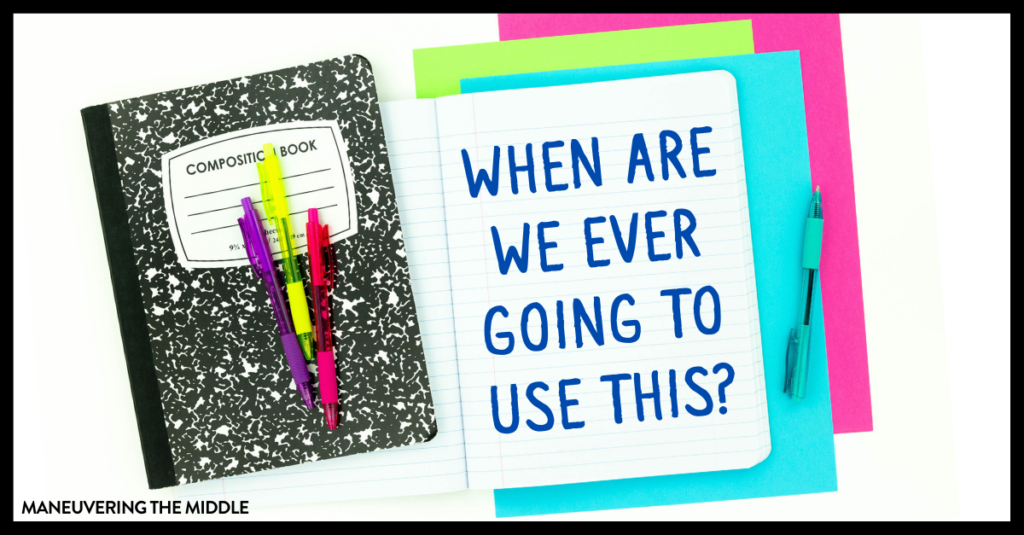
1. Share Your Enthusiasm
The key to modeling what it looks like to be a math person is to share your excitement! Excitement is contagious. In my classroom, I loved teaching ratios and proportions! As a class, students performed so high on the concepts. While I can’t be certain it was caused by my enthusiasm, it sure did help!
2. Promote Problem Solving
A second way to make math relevant is to promote problem solving in your classroom! (We talk about problem solving more in depth here.)
“When are we ever going to use this?” used to scare me. I used to think students were asking as a ‘gotcha,’ but I think most students genuinely want to know. They are curious how the unfamiliar concept connects to their life.
So, I love to set the stage at the beginning of the year. I say that math is all about learning to problem solve. Problem solving is a skill that is limitless in where it will take you. Regardless of your future profession, you will be required to problem solve, and persevering through a math problem gives you the confidence and grit to do so in the real world.
Make this a mantra in your class and continue to reinforce it all year long.
3. Tailor Curriculum to Students’ Interests
This study shares that when the curriculum (in this case, Algebra 1) is personalized to students’ interests, they are more successful.
“In the study, half of the students chose one of several categories that interested them — things like music, movies, sports, social media — and were given an algebra curriculum based on those topics. The other half received no interest-based personalization… Walkington found that students who had received interest-based personalization mastered concepts faster.”
While changing your entire curriculum and/or rewriting problems may not be something you can realistically manage, consider Walkington’s approach. “We picked out the students who seemed to be struggling the most in Algebra I, and we found that for this sub-group of students that were way behind, the personalization was more effective.”
So this may be something that you consider as you write future problems or consider future projects. What are your struggling students genuinely interested in? How can you include that in your math class? Can your classroom economy be related to an interest? What about the names of your groups?
One quick win comes to mind. When I was teaching small groups, I had 3 students who needed a little extra incentive to stay engaged. They loved soccer, so we made everything soccer related. As they got problems correct, they scored “goals,” counters were soccer balls, and all word problems were changed on the spot to be soccer themed
4. Teach Students to Ask the Questions
In the book Quality Questioning, the author breaks down the importance of the questions we ask in the classroom and the responses we accept from our students. One of the key things they mention is teaching students how to ask questions on their own and providing them the opportunity to do so.
This easy lift is a great way to engage students.
- It extends students’ thinking
- Makes for great math discourse
- Any student can participate
- Allows for students to flex their creativity muscles
- Students make interesting connections
There are a few options here.
- When presenting a word problem, cover up the question. Typically, a world problem gives information and then asks a question. Instead cover up that last question, and ask students to come up with a question.
- Put up a graph, a table, a picture of a price at the grocery store, a receipt, whatever you can find that has some numbers of it, and ask students: “What could the question be?”

Try it with your class at the beginning of your rates or proportionality unit. What could the question be? And then ask again at the end of the unit and see what your students have learned.
Another idea could be to simply take your receipt from your latest gas purchase, project it, and ask students: what could the question be?
5. Include Projects to Your Scope and Sequence
Project Based Learning is popular for a reason! Students take more ownership in their learning, and experience first hand how math can help solve real-world problems. Maneuvering the Middle’s projects are perfect for this.
When students ask, “When will I ever use this?” then it may be time to start a project. Here is a snippet of what our projects ask students to solve:
RATIONAL NUMBERS + LINEAR RELATIONSHIPS
- 6th graders research and calculate the costs of flying or driving to various destinations. Grab it here.
- 7th graders will calculate the cost of traveling to various National Parks and calculate the percent change in park and gas prices. Grab it here.
- 8th graders will plan a vacation and apply discount options to their vacation expenses to explore the effect on the linear relationship. Grab it here.
- Algebra 1 students will use and represent linear relationships to help them plan a vacation on a budget. Grab it here.
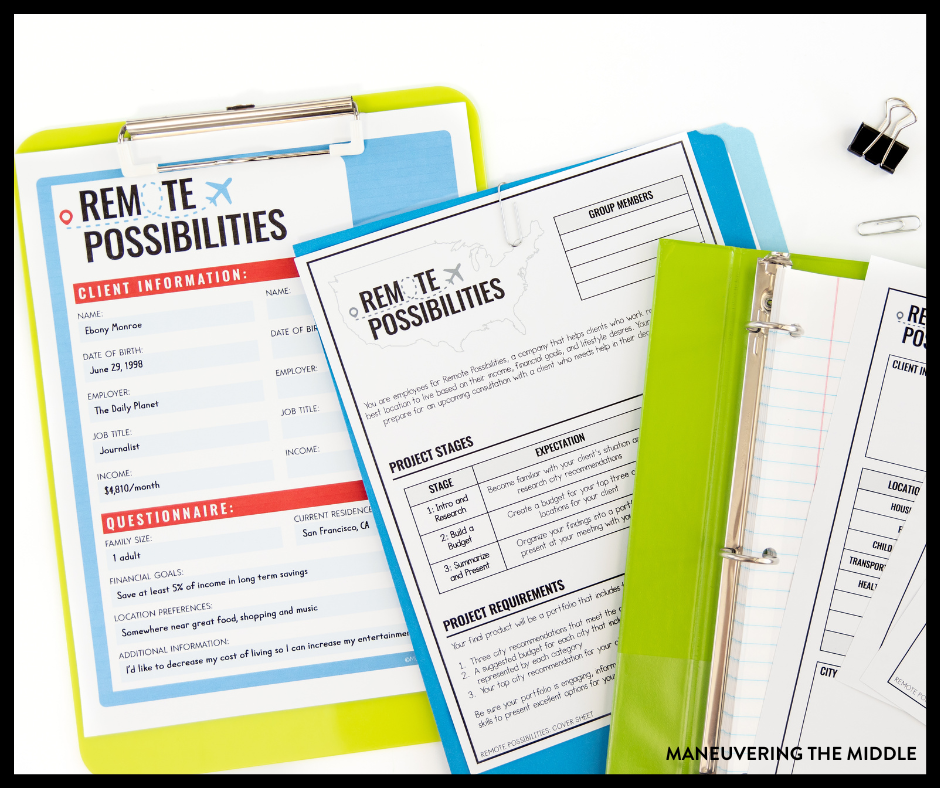
FINANCIAL LITERACY
- 6th graders plan a career fair and compare the lifetime earnings of various careers. Get it here.
- 7th graders calculate household incomes and analyze the best cities to live in based on earnings. Get it here.
- 8th graders calculate and plan saving for college. Get it here.
- Algebra 1 students find and use an exponential function to predict the rising cost of college. Get it here.
What are some of the ways you make math relevant to your students?
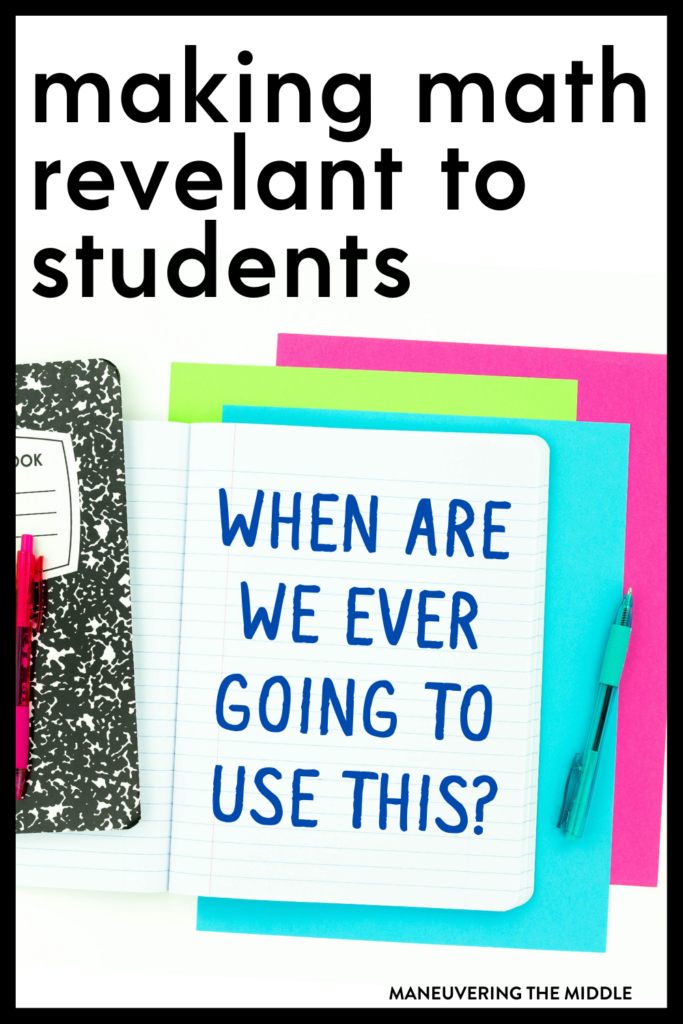
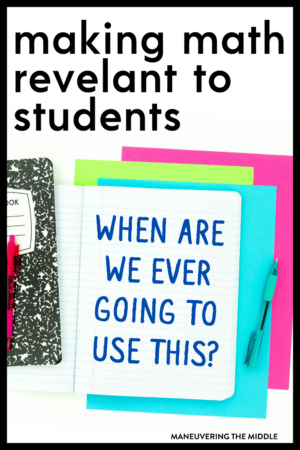
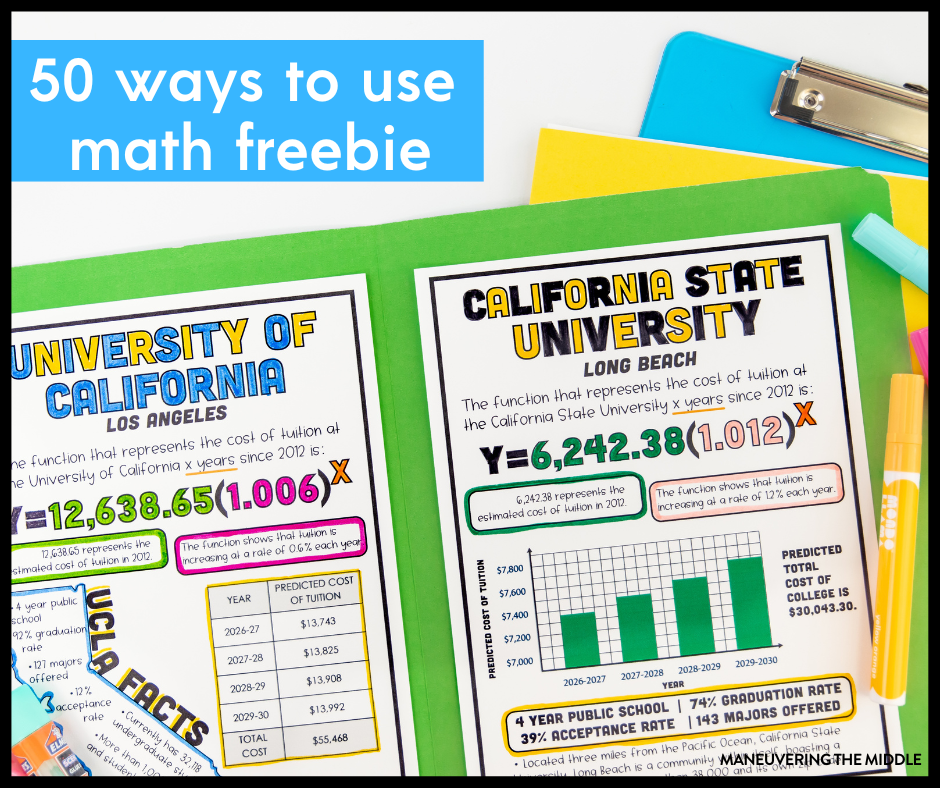
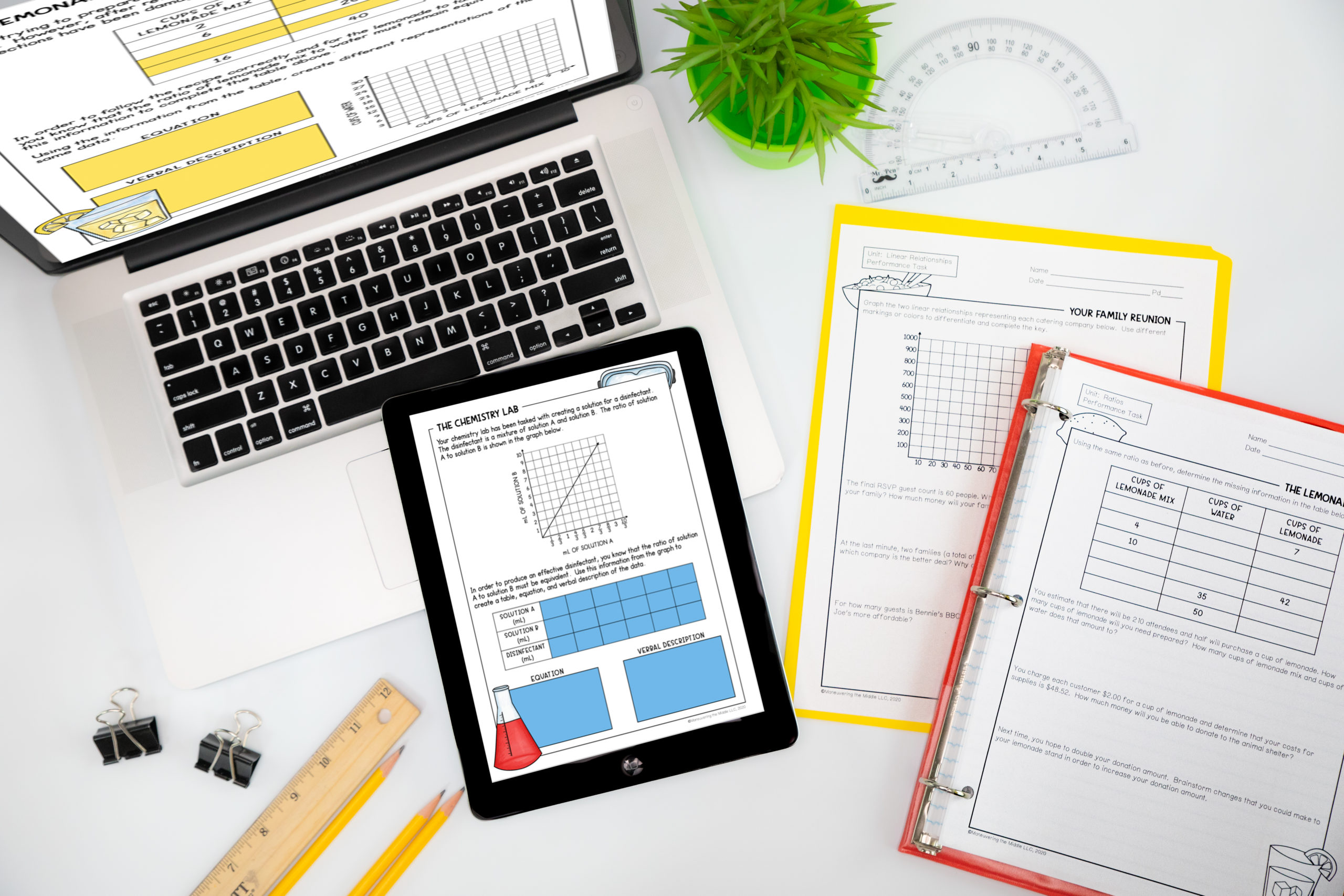
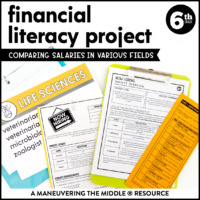
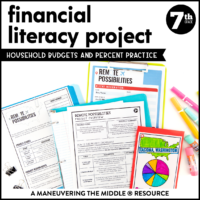
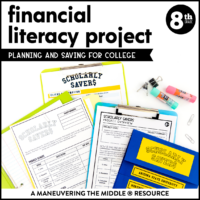
Please make your links create a new page, its hard looking the page you were on when click a link,
Thanks for the suggestions.
Tina, if you right click while hovering over the link, it allows you to select “open in new tab”. This allow you to keep browsing on your current page, but places the info you want to refer to in the next tab.
Thank you so much for all these wonderful ideas! You have no idea how many teachers you are helping ❤️